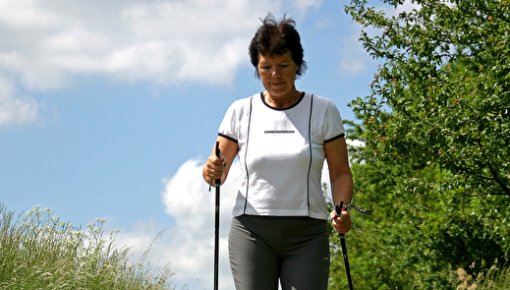The pain has got worse over the years
I’ve needed more and more physical therapy over the last few decades. At first, I probably needed treatment every three years or so. I can’t manage without it anymore. Looking back, I’d say that if you already have other injuries or can’t take much strain, like with me and the scoliosis, other strains will have a more severe effect.
I developed very bad back pain in my mid 40s. I tried to do exercises at home to stay mobile, but sometimes I felt 20 years older than I actually was. That limited what I could do in daily life, was hard to deal with mentally, and made me feel quite down.
When I get up in the morning, and after long car journeys, my back and neck hurt so much that I can’t stand up straight at first. And if I've been watching TV for a while and then get up, I hobble hunched over for the first 10 feet before I can properly straighten up. Exercise helps. I always feel like I have to stretch out to my normal body size first.

